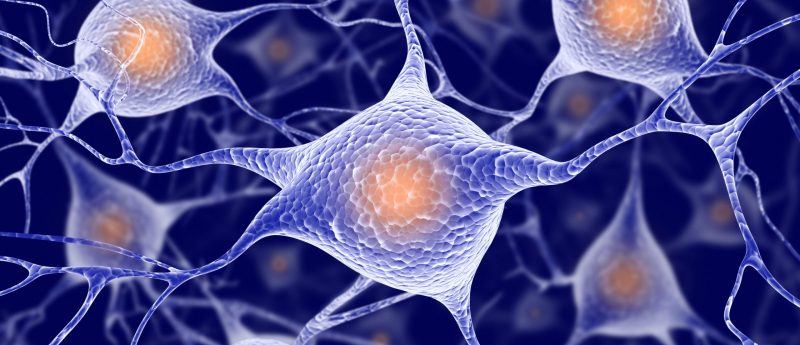Making a motor neuron: mechanism for direct stem cell programming revealed

Scientists demonstrate that the convergence of two independent complex cellular mechanisms facilitates motor neuron programming.
Researchers led by Esteban Mazzoni (New York University, NY, USA) have elucidated cellular mechanisms involved in the direct programming of stem cells into motor neurons, which offers new potentials for gene therapy.
The overexpression of specific transcription factors for direct cell programming has received significant attention in recent years as it offers a route for the precise control of cell fate. Currently however, little is known regarding the regulatory steps involved in successful terminal cell fate programming.
The group studied the underlying mechanisms by analyzing alterations in gene expression, chromatin states and transcription factor binding during the Ngn2/Isl1/Lhx3 motor neuron programming pathway. The study revealed that this programming involves a highly complex mechanism involving two independent transcriptional processes that ultimately converge.
The study demonstrated that initially, the Isl1/Lhx3 transcription factor pair work in tandem and bind to various regulatory regions of the genome, thus controlling regulatory region activity and gene expression. Alongside this, Ngn2 works independently by binding to distinct genomic sites and Ngn2-induced factors ultimately guide Isl1/Lhx3 binding to previously inaccessible motor neuron enhancer sites.
“By detailing the mechanisms underlying the direct programming of motor neurons from stem cells, our study not only informs the study of motor neuron development and its associated diseases, but also informs our understanding of the direct programming process and may help with the development of techniques to generate other cell types,” explained co-lead author Shaun Mahony (Penn State University, PA, USA).
“Many have found direct programming to be a potentially attractive method as it can be performed either in vitro — outside of a living organism — or in vivo — inside the body and, importantly, at the site of cellular damage,” concluded Mazzoni. “However, questions remain about its viability to repair cells — especially given the complex nature of the biological process. Looking ahead, we think it’s reasonable to use this newly gained knowledge to, for instance, manipulate cells in the spinal cord to replace the neurons required for voluntary movement that are destroyed by afflictions such as ALS.”
Sources: Velasco S, Ibrahim MM, Kakumanu A et al. A multi-step transcriptional and chromatin state cascade underlies motor neuron programming from embryonic stem cells. Cell Stem Cell. doi: http://dx.doi.org/10.1016/j.stem.2016.11.006 (2016) (Epub ahead of print); http://www.nyu.edu/about/news-publications/news/2016/december/how-to-make-a-motor-neuron.html
Have any additional questions about this story? Ask us in the comments, below.
Find out more in these top picks from the Editor:
- Stem cell therapies for Parkinson’s disease: current status and future perspectives – Neuro Central
- Genetic therapies for neurodegenerative diseases: an interview with Sarah Tabrizi – Neuro Central
- A first-in-human, gene-silencing treatment for Alzheimer’s disease with Catherine Mummery – Neuro Central